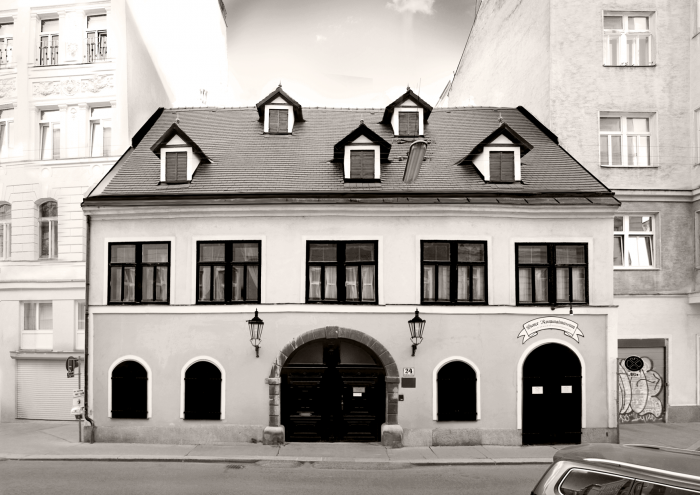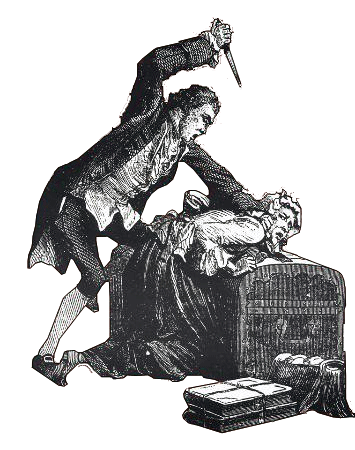History

In 1898 in the occasion of the Government Jubilee of Emperor Joseph, a great exhibition was organized at the Vienna Rotundengelaende, where the Austrian and Hungarian achievements in all fields were represented.
One pavilion was specially dedicated to the Viennese Police who already had an important international reputation. On this occasion not only was the present state exhibited but also the past history of the police, with a focus on the criminal domain.
Not only the many visitors, but also the Emperor himself was deeply impressed by the exhibition and, in particular, by the police pavilion. Leaving the police exhibit the Emperor regretted that at the end of the exhibition the historical criminal documentation would no longer be accessible to the public.
The mood of the Emperor was almost felt as an order by the police and in a few months a “Statue for the Erection of the Vienna Imperial and Royal Police Museum” was developed and endorsed by the Emperor in 1899. In the meantime, some rooms in the then Police Department at Schottenring 11 were adapted to house the new museum.
Upon completion of the new Police Building at Rossauer Lände in 1904, the young museum was then transferred there, where it remained until 1939. Thanks to the avid efforts of the museum staff, the collection had gained immense proportions.
In 1939 the museum was temporarily closed to free up space for expanding police departments. In fact, at that time Austrian and police traditions weren’t very popular.
The vast collection found its way into varying store-rooms and cellars within the different police offices where, as a result of the war and disturbances of the post-war period, a great deal of these historical artefacts were lost. Besides this, the historical weapons of the collection had to be handed out to the Occupational Authorities of the time and were for the most part destroyed. The spirit of that age was not conductive to the promotion of preservation of this collection, a fact that led to a severe shrinkage of the remains.
In the 1960’s the first measures for conservation of the material were begun. In the Marokkanerkaserne (the Police Academy) an historical collection of educational appliances was generated out of the historical relics of the Security Guard, a collection which could not and still cannot be visited by the public.
During 1980 considerations were being made with regard to the conservation of the artifacts being stored in the various police cellars. The Police President, Dr. Reidinger asked the Director of the Austrian Museum of Crime, Magistrate Harald Seyrl to propose a first draft for the new disposal of any usable material.
The following years were marked by an intensive employment of exhibits, but often with poor results. This enormous undertaking became an official task and a personal desire fot the then President of the organizing office Hofrat Magistrate Ernst Trybus. Thus, in 1984 the usable part of the exhibits was put in former office of the Police for Economic Delicts in Berggasse 31, completed by objects of the office for EKF. This “Museum of the Criminal Investigation Department” however was accessible for the public only in part. This was due to the fact that it was situated right in the midst of the office rooms for criminal investigations! In 1988 plans began to verify whether the historical building in Vienna’s 2nd district, Große Sperlgasse 24 acquired by Dr. Regina Seyrl could be used to house the museum. This would be a subsidiary of the “Austrian Museum of Crime” in Scharnstein, which because of heating problems can only be visited during summer months. The Police President of that time, Dr. Guenther Boegl concurred with this idea and it was agreed to fuse the existing museum with the new one being planned. This idea for the first time in the story of the Vienna Police Museum enabled a really general and public visitation of the establishment. Hofrat Magisterate Trybus was an integral part of the new plans and put his heart and soul into the project The new museum at its new site was opened at the 8th of November in 1991 by the then Federal Minister of Interior Affairs, Dr. Franz Loeschnak in the presence of numerous impressive guests.


